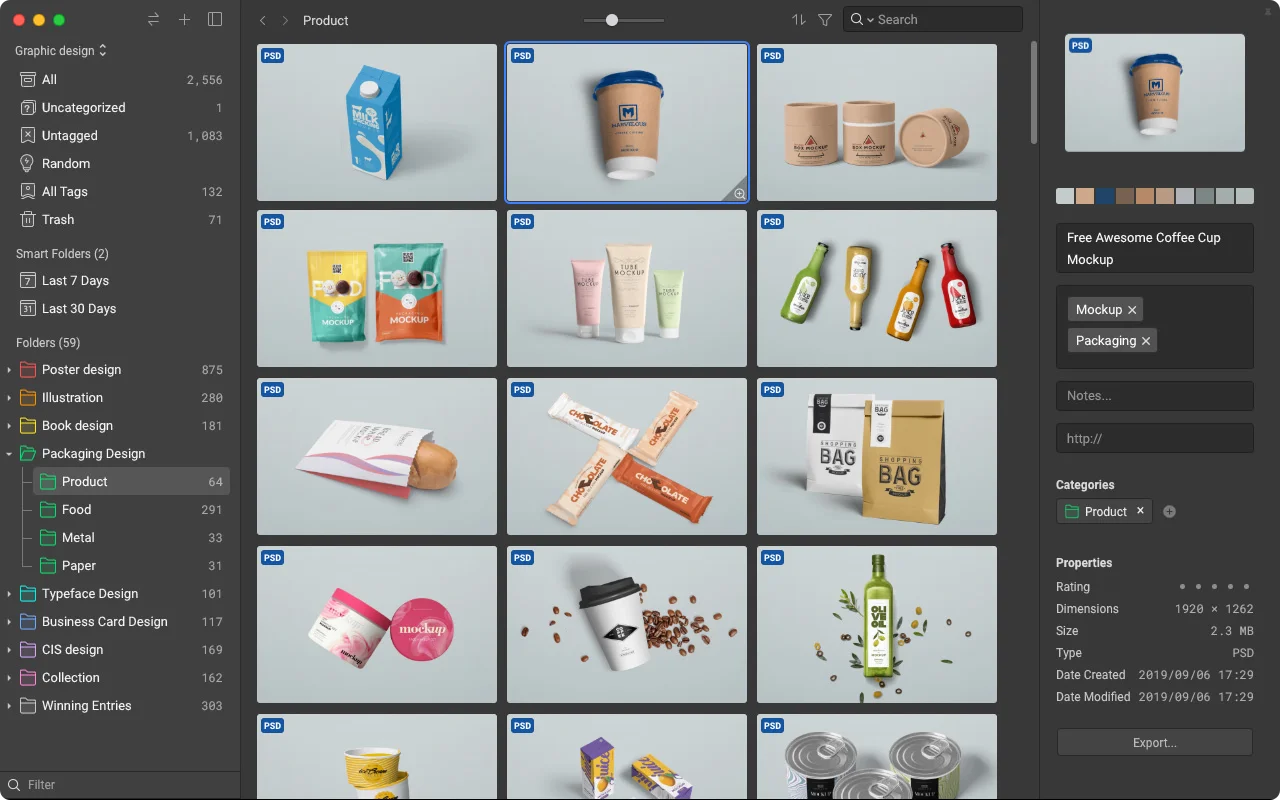As a designer, measuring Website performance shouldn’t stop at your own site. The measured success of clients’ sites matters, too – a lot – and it can lend insights into the efficacy of your creations.
Even better, paying attention to clients’ site performance in Google Analytics can actually help you improve your designs over time. Here are five ways designers can make the most of analytics data:

1. Encourage data collaboration
First things first! Clients should know the value of sharing data with the design team, and it may be up to you to convince them.
How will you know the design for a new landing page may have played a part in lowering conversion rates? How will you know if it didn’t? We all understand the importance of using data to make business decisions, but the importance of sharing that data with partners is still a new concept for many.
Encourage clients to share data with you (and vice versa) so you can monitor the performance of a design and determine whether it’s helping clients or hindering them from meeting business goals.
2. Understand goals and conversion funnels
Guides like this one provide all the juicy details about setting up and understanding goals and funnels in Google Analytics. The basics, however, are simple. Just remember three things:
- Meeting a goal means a visitor took action on whatever he or she was being told to do on a given page. You have to set specific goals behind the scenes in your Google Analytics dashboard.
- Funnels tell you how visitors are meeting your goals – or not meeting them. They show how someone moves through your site from page to page until he or she meets a goal.
- Conversion refers to the percentage of visitors who meet a goal. A high rate is good.
While factors other than design will play a role in your conversion rates, you should still always consider the role design could play in the overall success of a given page.
3. Pay attention to social reports
Beautiful, functional designs are pleasing to the eye, a joy to navigate, and eminently shareable. While Google Analytics reports can tell us more about a site’s performance than just how well it’s doing in the social media sphere, pulling social reports is a great way to see whether the pages you designed receive more or fewer shares than previous incarnations of the same page.
4. Monitor bounce rates
Bounce rate refers to the percentage of visitors who land on a page and then leave the site altogether.
Contrary to popular belief, a high bounce rate isn’t always a bad thing. For instance, if a specific blog post has a high bounce rate, that might be because the post contains exactly what readers need to know. They read it and leave. Success!
But if your clients see high bounce rates on interior content pages, landing pages, or other pages where they do want visitors to take action, you should consider whether design has something to do with those results.
5. Don’t track more than you can handle
Google Analytics does a lot. For most of your clients, most of the time, you won’t need to track every metric that it’s possible to monitor – at least not in any serious way.
As long as you’re collaborating, tracking conversion and bounce rates, and pulling pertinent reports, there’s a good chance you’re already doing enough. Define other KPIs on a case-by-case basis, but don’t take on more than you can handle!
The precise, careful scrutiny of too many metrics may lead to more confusion than clarity. And if you’re trying to improve the business results of your designs, confusion is the last thing you need.
Aidan Grayson is a writer, consultant, and Web marketing whiz who helps designers and developers deliver great Websites to their B2B clients. He contributed this post on behalf of the reliable file transfer experts at Attachmate.












Add Comment